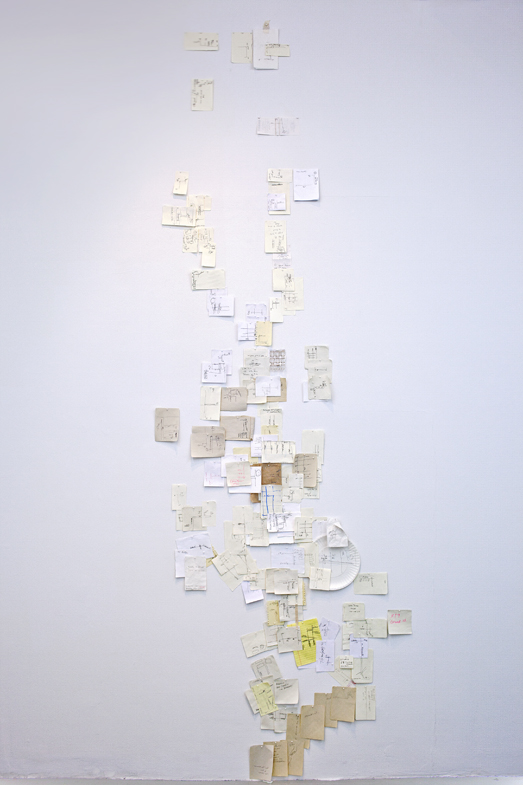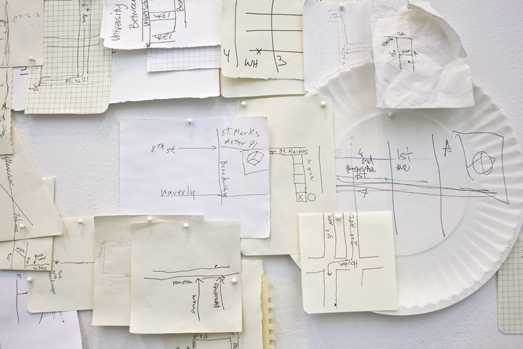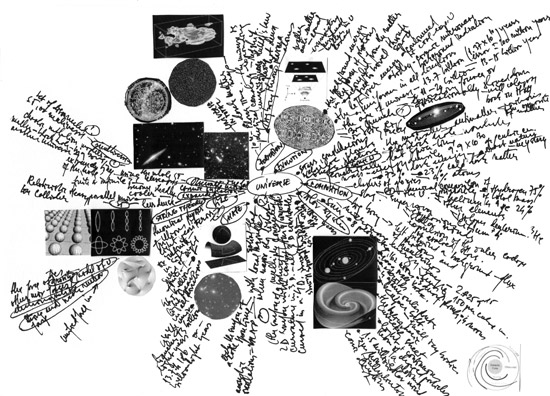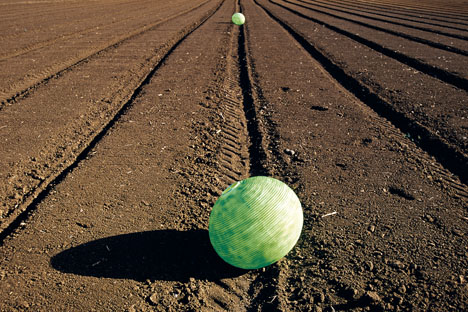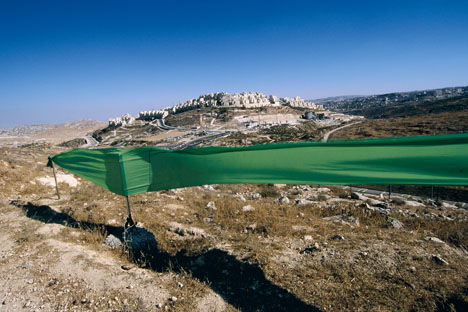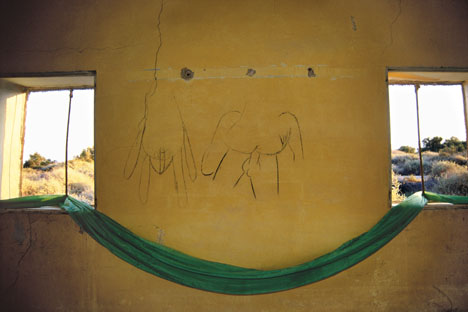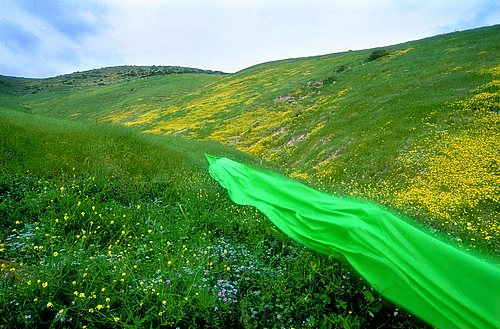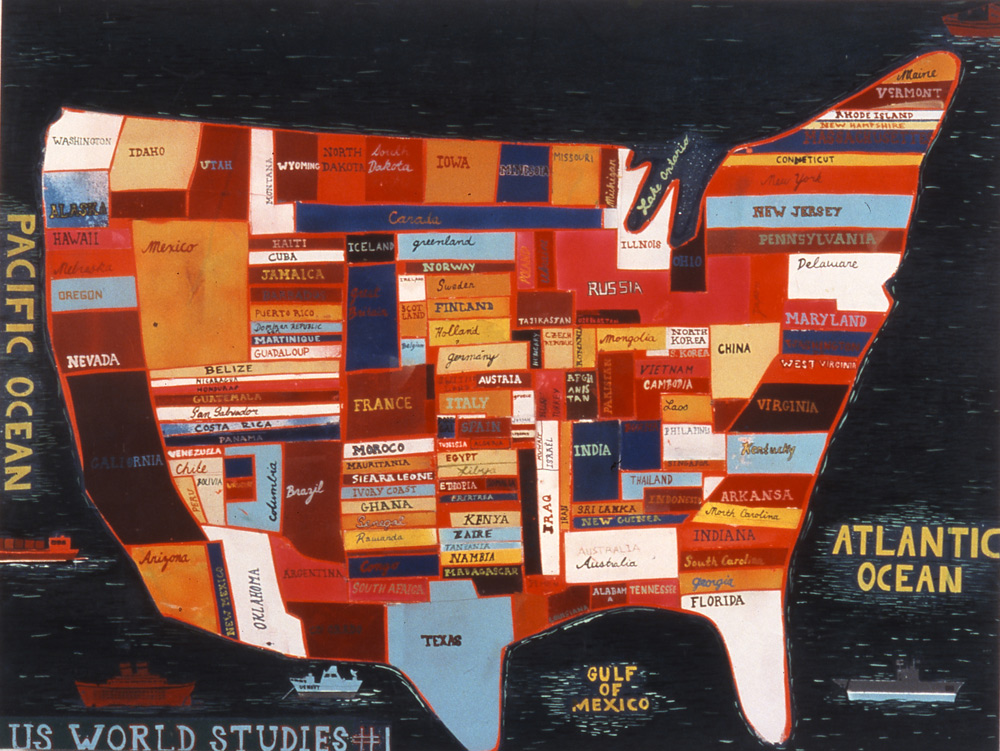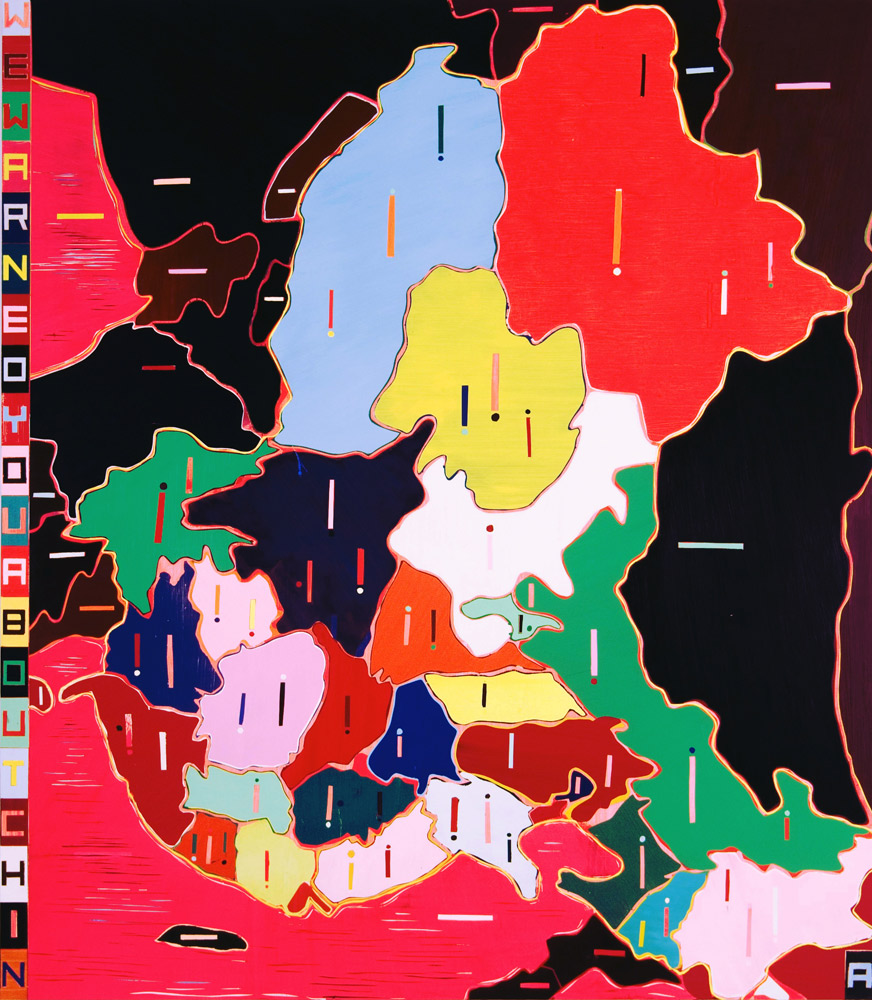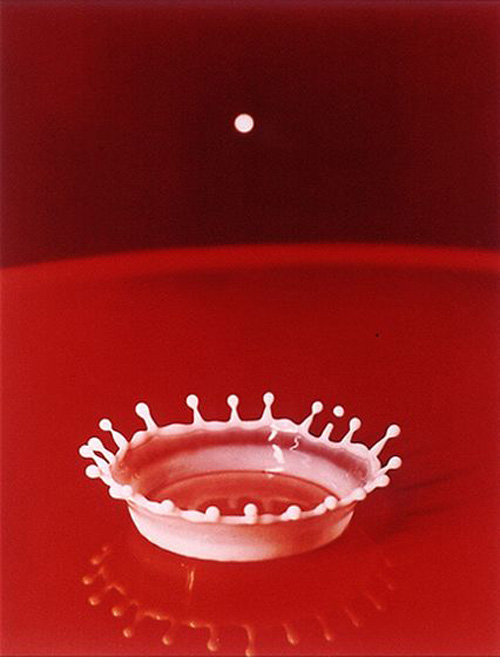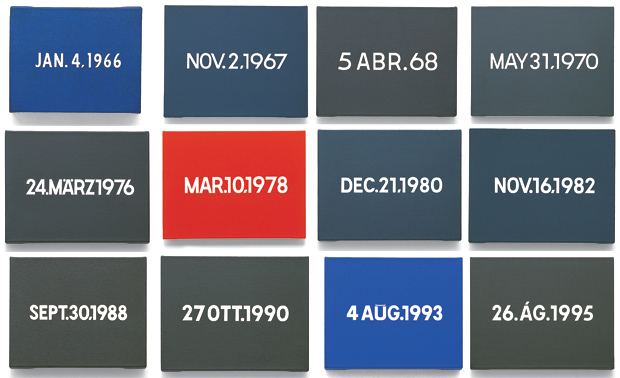ISTANBUL — The first thing you see are the cigarette butts. There are thousands of them — 4,213 to be exact — mounted behind plexiglass on the ground floor of the Nobel laureate Orhan Pamuk’s new museum, named for and based on his 2008
novel, “The Museum of Innocence.”
It’s a fittingly strange beginning to a tour of this quirky museum, tucked away in a 19th-century house on a quiet street in the Cukurcuma neighborhood, among junk shops that sell old brass, worn rugs and other bric-a-brac.
But it is also, like everything else on the museum’s four floors, a specific reference to the novel — each cigarette has supposedly been touched by Fusun, the object of the narrator’s obsessive love — and, by extension, an evocation of the bygone world in which the book is set.
“
The Museum of Innocence” is about Istanbul’s upper class beginning in the 1970s, a time when Mr. Pamuk was growing up in the elite
Nisantasi district. He describes the novel as a love story set in the melancholic back streets of that neighborhood and other parts of the European side of the city. But more broadly it is a chronicle of the efforts of haute-bourgeois Istanbulis to define themselves by Western values, a pursuit that continues today as Turkey as a whole takes a more Islamic turn. Although Mr. Pamuk said the book explores the “pretensions” of upper-class Turks, who “in spite of their pro-Western attitudes are highly conservative,” it is hard not to the see the bricks-and-mortar Museum of Innocence as largely an act of nostalgic appreciation.
Mr. Pamuk, 59, is Turkey’s best-known writer, albeit a divisive one thanks to his Western orientation. He
won the Nobel Prize in Literature in 2006, around the time he was being tried and acquitted for making “un-Turkish” pronouncements about the Armenian genocide. In person he gives off an aura of the kind of elitism that can come with a privileged upbringing and a successful literary career.
As the museum was preparing to open late last week, with workmen hauling around ladders and a staff member stocking the gift-shop shelves with Mr. Pamuk’s books, the author himself was going full tilt, giving orders and making last-minute tweaks as he walked a reporter through the displays.
He said the museum cost him about what he received for the Nobel — roughly $1.5 million — including what he paid for the house 12 years ago, when he had the idea for the project. Then there is the amount of time he has devoted to it on and off over the past dozen years: by his estimate about half a book’s worth, a lot considering that his novels tend to run to 500 pages or more.
The museum’s displays are organized according to the story line of “The Museum of Innocence,” which opens as a wealthy, self-centered young man is making love with Fusun, a distant relative and store clerk he has met while shopping for his soon-to-be fiancée.
“And as I softly bit her ear, her earring must have come free and, for all we knew, hovered in midair before falling of its own accord,” an opening line reads. Mr. Pamuk paused in front of the first of 83 display cases — there is one for each chapter of the book — and pointed to a single earring. Then he moved along to other vitrines, talking about how items were chosen and how a few displays were still works in progress even after all these years of preparation.
“As far as I know this is the first museum based on a novel,” he said. “But it’s not that I wrote a novel that turned out to be successful and then I thought of a museum. No, I conceived the novel and the museum together.”
While writing the book he collected more than a thousand artifacts that reflect the story, from a tricycle to dozens of ceramic dogs, from lottery tickets to news clippings of women with black lines drawn across their eyes (once standard in Turkish newspaper coverage of women connected to scandal).
Mr. Pamuk’s protagonist and narrator, Kemal Basmaci, becomes more and more obsessed with Fusun as other aspects of his life fall apart, and eventually he begins collecting things — and stealing them from Fusun’s home — in what will ultimately become his life’s work: the building of a museum in tribute to his onetime lover. For a time Mr. Pamuk became Kemal, looking for pieces that reflected each chapter as he wrote it, searching the junk shops of Istanbul and other parts of the world. The collection he assembled reflected not only the plot of “The Museum of Innocence,” but also Istanbul during Turkey’s halting movement into the modern era.
“We remembered how the Istanbul bourgeoisie had trampled over one another to be the first to own a electric shaver, a can opener, a carving knife, and any number of strange and frightening inventions, lacerating their hands and faces as they struggled to learn how to use them,” Kemal says in the book.
Such items too are in the museum, along with old clocks, film clips, soda bottles and clothes of the era.
At the top of the house Mr. Pamuk sat down on a bench in front of the bed where Kemal is meant to have slept in the last years of his life as he assembled the museum. It was lonely-looking piece of furniture.
The Museum of Innocence opened to a small crowd on Saturday morning, after a packed news conference on Friday at one of Istanbul’s fanciest restaurants. Most of the visitors seemed to be fans of the book who wanted to match their vision with Mr. Pamuk’s. There was Latife Koker, who had traveled an hour and a half by bus that morning; Renata Lapanja, who lives in Slovenia; and Erdogan Solmaz, who, like Mr. Pamuk in his youth, is an architecture student at a university in Istanbul. He said Mr. Pamuk’s efforts had made this collection starkly different from others in the city, which has some of the finest museums in the world.
“This one is about people,” Mr. Solmaz said. “This is much more personal and dramatic.”
Personal, yes, but only to a point, Mr. Pamuk said. “This is not Orhan Pamuk’s museum,” he said. “Very little of me is here, and if it is, it’s hidden. It’s like fiction.” In his view both the book and the museum are largely about sadness, and in particular the “melancholy of the period.”


